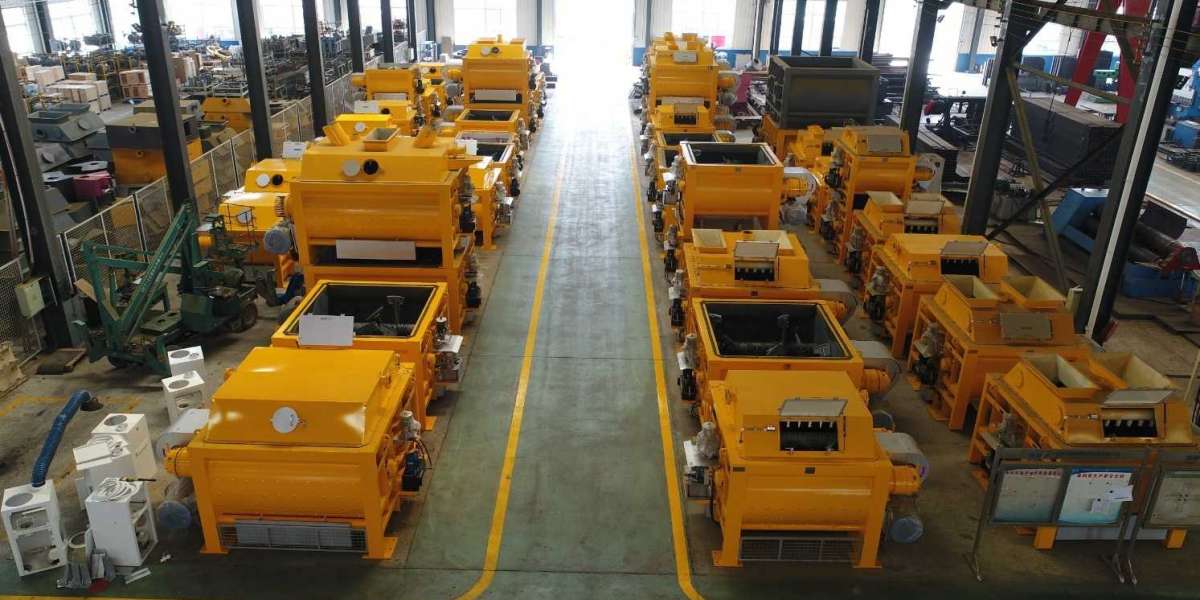The processing of aluminium alloy shells, especially thin-walled shells, is a common technical problem. Therefore, our machining factory must analyse the causes of deformation, and then take appropriate countermeasures to prevent it.
1, the material grade of the aluminum shell and the complexity of the structure will affect the deformation of the shell
CNC machining of the deformation of the aluminum shell and the complexity of the shape, aspect ratio and wall thickness, directly related to the rigidity and stability of the material. Therefore, when designing the aluminium housing of a product, the influence of these factors on the deformation of the workpiece should be minimised. In particular, the structure should be reasonable in the machining of custom parts shells with larger dimensions. The hardness and porosity of the aluminium alloy material blank should be strictly controlled before machining to ensure the quality of the blank and reduce the deformation of the workpiece caused by it.
2, machining centre machining clamping caused by the aluminum shell deformation
Aluminum shell processing and material blank clamping, should first select the correct clamping surface, and then select the appropriate clamping force according to the location of the clamping surface. Therefore, the clamping surface and the force surface should be consistent as far as possible, so that the clamping force acts on the workpiece. When clamping forces are applied to the workpiece in more than one direction, the sequence of clamping forces should be considered. The clamping force should be applied first so that the workpiece is in contact with the support and is not easily oversized. The clamping force mainly used to balance the cutting force should be used in subsequent processes.








